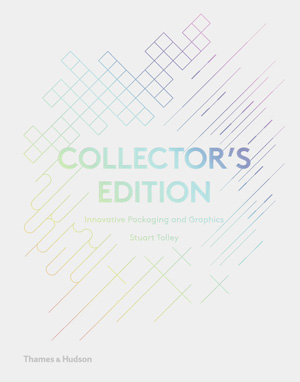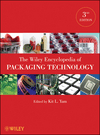Q: What’s new in slitting/rewinding? Has your company released anything new or notable recently?
A: Offloading finished rolls to automatic packaging line infeeds continues to be a focus for larger volume converters. Machine builders are challenged with the variables involved. For smaller converters, the need for a slitter they can grow with has led to more modular slitter designs, allowing functions and capabilities to be added as business expands or slitting requirements change. Our model 900-M duplex center winder responds to this trend, offering a variety of unwinds and tooling options that can evolve a basic slitter into a high-performance workhorse.
In the area of new technologies, we have recently completed a number of turret projects with new technologies incorporated into the web flow. These include flexible-width auto core placement and finished roll removal as well as a window tab capability for high-end specialty products that inserts roll leaders or pull tabs at the beginning or end of rolls.
Q: There seems to be a consensus that slitting/rewinding equipment might not take priority compared to other converting equipment. In a nutshell, can you explain why such slitting/rewinding equipment shouldn’t be overlooked?
A: In a nutshell, the slit roll shipped to a customer represents everything about your company. No matter how much high-quality printing and laminating value has been added before the material gets to the slitter, it will be quickly overlooked if the finished slit roll is poorly wound.
Q: Can you explain the important role that slitting/rewinding plays in a quality end product?
A: Proper web control, along with proper slitting tooling and technique, provide superior edge quality for appearance plus consistent tension throughout the build to prevent telescoping. These are the visible and functional essentials for a satisfied customer. If not done well, converters will, at best, lose credibility and goodwill with their customers and, at worst, have expensive returns or even lost customers.
Q: There seems to be more of a focus on making slitting/rewinding equipment more ergonomic. Why is this so important?
A: Ergonomic friendliness, for ease in all phases of slitter operations, has become synonymous with safety. Not only safety in the elimination of dangerous conditions, but in the reduction of stressful repetitive motions injuries. All aspects of slitter design are being optimized to minimize these issues.
Q: What’s something that a lot of converters might not realize about slitting/rewinding, but should know?
A: Tooling and tension control systems available today simplify many slitting jobs that previously required dedicated machinery or more complicated setups. An example is systems that allow common shaft winding on materials that used to require duplex winding. In such instances, the time savings in simplicity of core setup and finished roll discharge are very significant.
Q: Is there anything else you’d like to share about slitting/rewinding equipment?
A: Today’s slitters need to be built to higher standards of safety and durability. Operator safety is paramount today in companies of all sizes. Safety PLCs, which manage safety features, make today’s slitter a safer machine without causing operator inconvenience. Additionally, many slitters are run 24/7. Downtime can be very costly, with lost time very difficult to make up. This makes a solid design – built of high-quality components and backed by an experienced service group – essential. Total cost of ownership for a slitter today is viewed as much more than simply the purchase and installation cost. Maintenance and downtime are rightfully included and can quickly overcome an initial lower purchase price. Increased cost of operations with a less durable machine goes on for the life of the machine.











